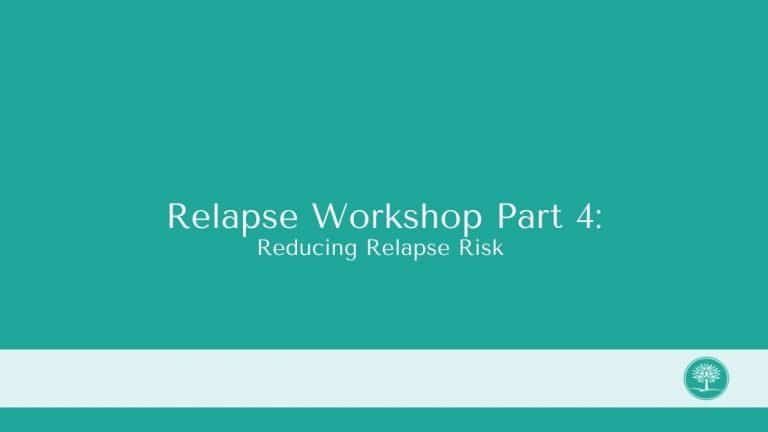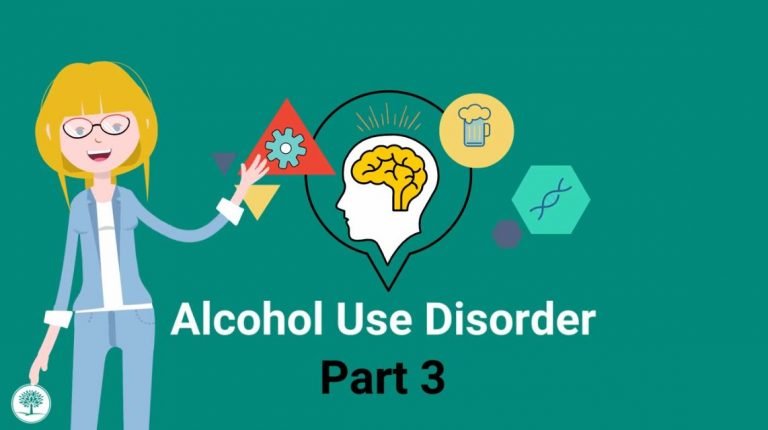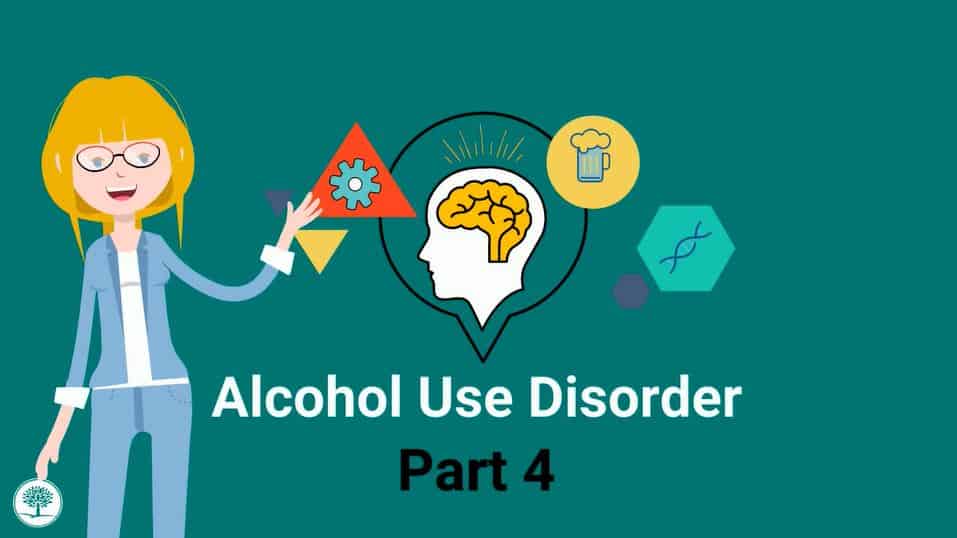Tips for Overcoming or Facing Fear in Recovery
Estimated watch time: 4 mins 32 secs
Summary:
Fear is a natural, biological response. You have a chemical reaction when you are experiencing something scary and that’s not a weakness. We need fear to keep ourselves safe. However, when that fear becomes chronic, it can be an issue. Learn methods to overcome chronic fear, such as exposure therapy.
Other Addiction & Mental Health Resources
The Recovery Village has several, free resources for those living with addiction or mental health conditions and their loved ones. From videos, to clinically-hosted webinars and recovery meetings, to helpful, medically-reviewed articles, there is something for everyone. If you need more direct help, please reach out to one of our representatives.









